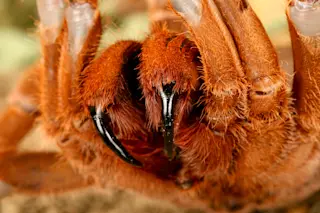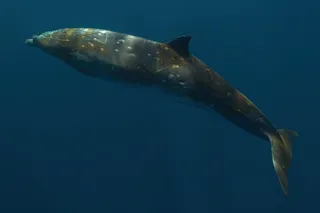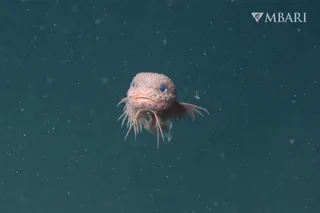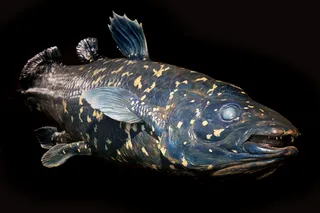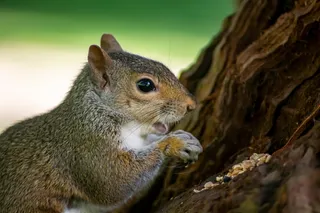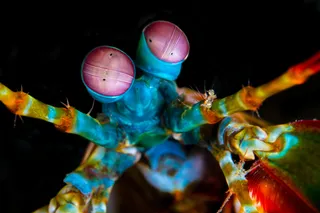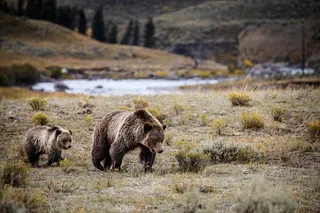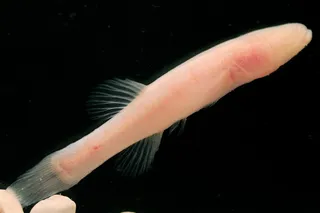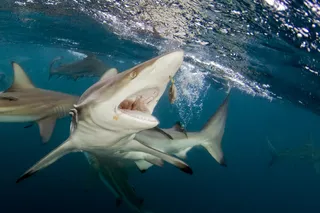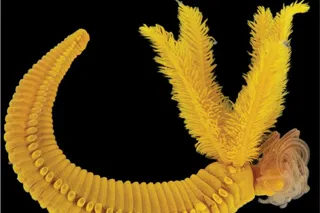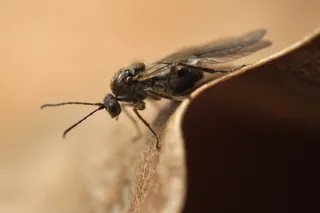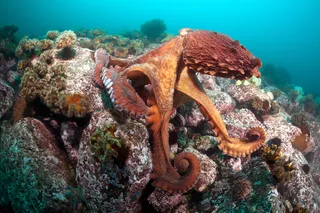The Megarachne was a prehistoric creature once thought to be the biggest spider to live on Earth with a leg span of 20 inches and a body that was 21 inches long. However, the fossil was actually a long-extinct sea scorpion.
Some of today’s largest spiders include: the King Baboon spider, the Face-Sized Tarantula, the Brazilian Giant Tawny Red Tarantula, the Giant Huntsman spider, and the Goliath Bird-Eating Tarantula.
You can find all of these spiders on almost every continent worldwide in forests, deserts, caves, marshes, and grasslands.
It was considered the biggest spider ever to scuttle across the Earth. Or so scientists in Argentina thought when they uncovered the fossil of what they inevitably dubbed Megarachne — a name worthy of a classic B-movie monster.
While Megarachne would never have been big enough to go up against Godzilla, it was nothing you’d want to find under your bed either. ...



